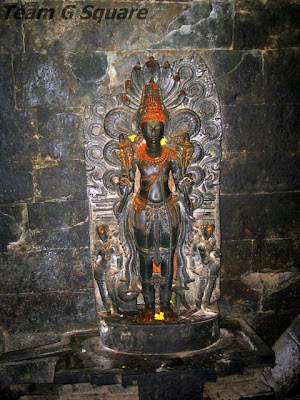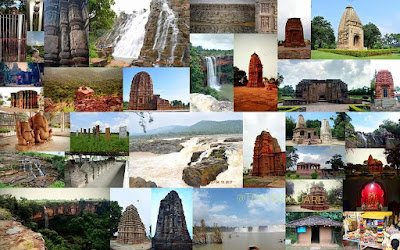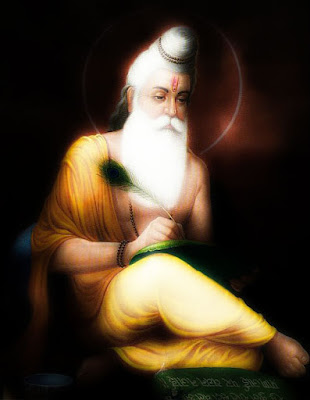The Radiant Divinity: Exploring Sun Worship in Hinduism
Hinduism, one of the world's oldest religion, incorporates a rich embroidery of convictions and practices. Among its different customs, the love of different divinities holds a huge spot. The Sun, also known as Surya, is one such deity that Hindus revere. This article delves into the ancient practice of sun worship and its spiritual and cultural significance to learn more about the profound significance of the Sun in Hinduism.
 |
| Surya Deva |
Sun worship is an integral part of Hinduism's spiritual foundation. The eternal truth and divine wisdom are portrayed by the Sun as a symbol of light and enlightenment. Devotees are said to be able to attain spiritual awakening, wisdom, and mental clarity by praising and praying to Surya. Sun worship is also linked to the idea of overcoming ignorance and obstacles on the way to spiritual growth, as well as the idea of dispelling darkness, both metaphorically and literally.
Hinduism observes sun worship through a variety of festivals and rituals. The Surya Namaskar, a series of yoga poses performed in homage to Surya, is one such significant ritual. It is a meditative and physical practice that brings the mind, body, and spirit into harmony. Also, celebrations like Chhath Puja, celebrated essentially in the Indian provinces of Bihar and Uttar Pradesh, include thorough customs of fasting, offering supplications, and taking dunks in sacrosanct waterways, devoted to the Sun God.
Temples devoted to Surya exist in various pieces of India, displaying the significance of Sun love in Hindu culture. The Konark Sun Temple in Odisha, which is a magnificent architectural masterpiece that depicts the chariot of Surya, is the most well-known of them all. The reverence and artistic devotion associated with the Sun God can be seen in this temple. Surya temples in Modhera (Gujarat) and Arasavalli (Andhra Pradesh) are two other notable locations.
 |
| Surya Mandir, Konark Orissa |
Hindus hold sun worship sacred, with Surya representing the divine light, knowledge, and spiritual awakening. Devotees of the Sun God seek spiritual development and enlightenment through temples, festivals, and rituals. In addition to exemplifying the significance of the Sun as a life-giving force, Surya worship also reflects Hinduism's deeply ingrained spiritual and cultural traditions.



Comments
Post a Comment